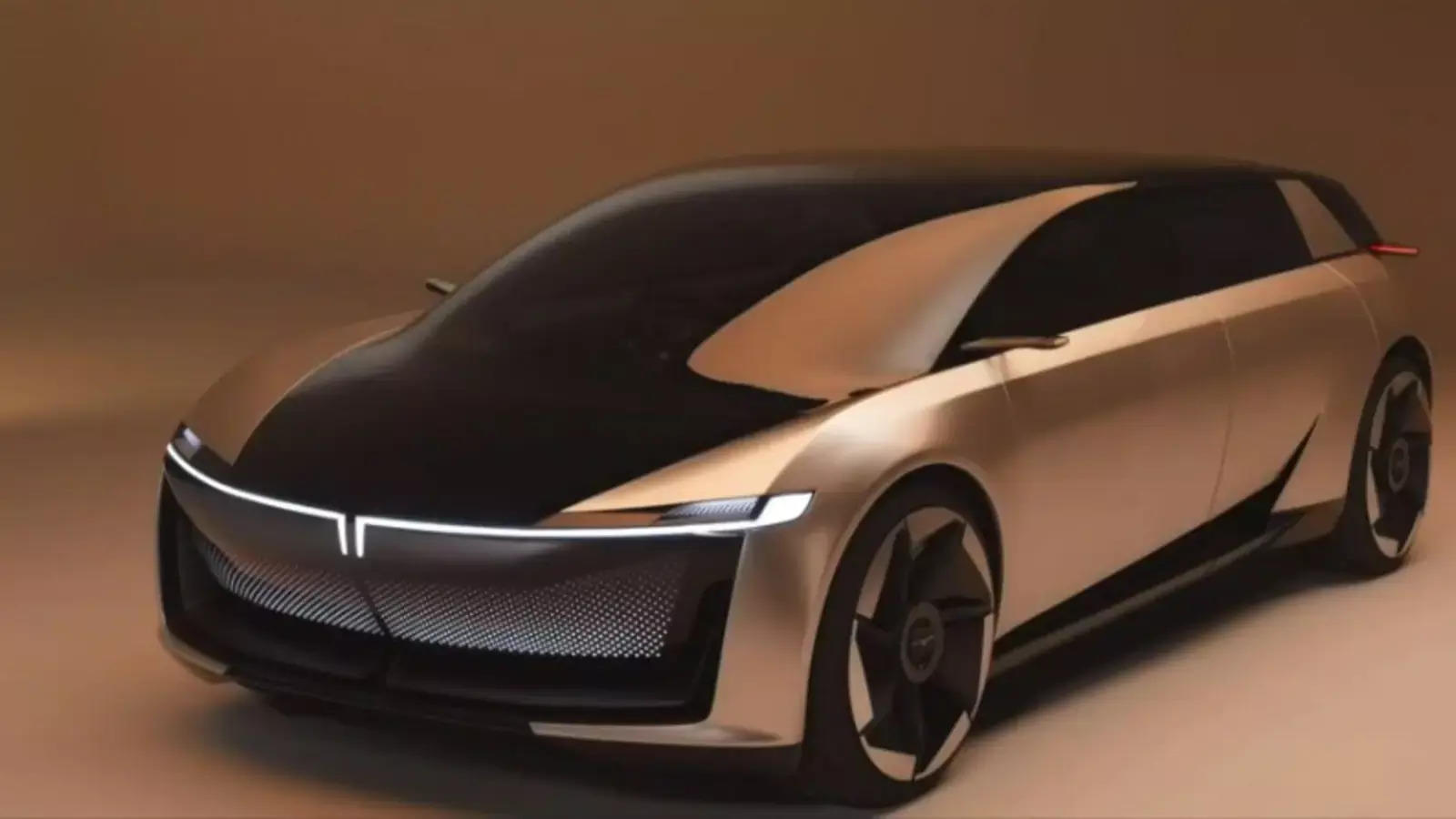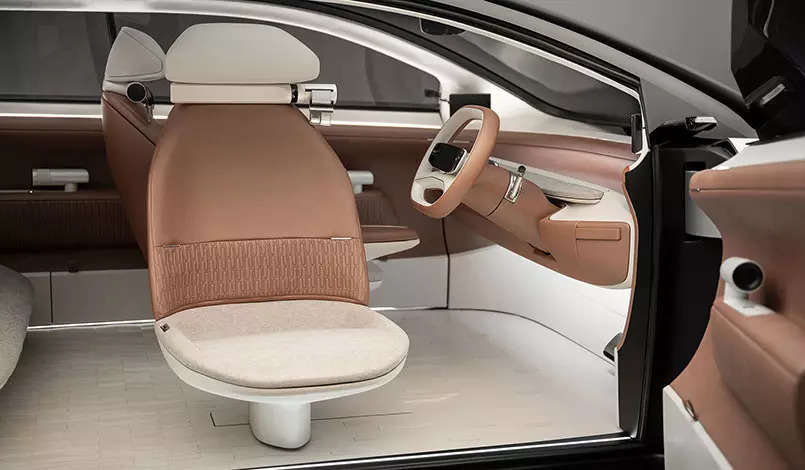
New Delhi: Auto major Tata Motors, which has made a significant mark in the nascent electric passenger vehicle industry in India, is planning to drive to the global markets with its pure electrification strategy. The automaker on Friday unveiled its first concept ‘Avinya’ on the pure EV platform.
“Given the promise of the concept and the product, it will have the potential to sell in the global markets, including the matured markets,” Shailesh Chandra, Managing Director, Tata Passenger Electric Mobility, told ETAuto.
Since major megatrends like autonomous driving are emerging in many global markets, Tata Motors is envisioning autonomous driving technology for models based on the Avinya concept.
“For our core market which is India, the penetration of autonomous vehicles is at a low level and unless infrastructure picks up to the same level, there will be challenges. Once it goes to global markets, whatever the market may need L3 or above levels of autonomous technology, the platform will be protected for that. Full autonomous driving is also possible,” said Anand Kulkarni, VP- Product Line and Operations, Tata Passenger Electric Mobility.
The Avinya concept, which is 4.3 metres can span models ranging from 4.1 metres to 4.5 metres. One can do a front wheel drive, rear wheel drive, or all-wheel drive with this and such configurations can exist. Connectivity is also a high element on this platform and it meets all the safety regulations for autonomous driving, according to Kulkarni.
Martin M Uhlarik, Head- Global Design, Tata Motors said, “The Avinya concept will have a portfolio of products.”
While highlighting that there is nothing common between the company’s pure EV platform and the internal combustion engine (ICE) platform, Kulkarni said, “It is a pure ground-up EV only platform and cannot ever take ICE. We have tried to move the wheels to the farthest points, and created a space in the middle where the battery can be fitted. The battery is orthogonal, an absolute flat battery,” he said.
While it is working on the elaborate plans to launch 10 new EVs by 2026, Tata Motors stated that it has no plans to move to swappable batteries. “Now we are not looking at swappable batteries for such large vehicles. But yes, it can be done on this platform. When you have a 500 km certified range and 370 km real-life range, it is good for most applications,” he said.
The pure EV platform has the capability to be battery-chemistry and battery-format agnostic. It is possible for the company to do different chemistries, based on lithium. “This is an evolving space and there is a lot of work going on for various battery chemistries, including sodium. So, when you develop a vehicle, you need to be careful about not having to change your vehicle when new battery chemistries come up,” Kulkarni said.
The Avinya concept based on the new platform was under development for over a year. The design was led by the team in Europe, and engineering work was done in India. Its interiors specifically grab eyeballs with its unique swiveling seat design, and the feature could also make it to the production version of the product.
Kulkarni said, “It is possible to bring a swiveling driver seat in the production version as well to use it as a lounge. Our idea was to make it (design) minimal, comfortable and premium without being overly sophisticated.”
The pure EV platform is the third phase of the automaker’s electrification plans. In Gen-1, which offers a minimum certified driving range of 250 km, Tata Motors has Tigor EV on the X0 platform and Nexon EV on the X1 platform. On the Gen-2, with claimed driving range of 400 km, it will offer the electric SUV Curvv, which is scheduled to launch in 2024. On Gen-3, which is the fourth platform, pure EVs will be offered with a claimed certified minimum driving range of 500 km after a 30-minutes charging cycle.
Kulkarni said that the company will stay away from hybrids and will work to provide a ladder to customers for EVs with a specific range and features built into them according to market demands. While new vehicles will emerge on the Gen-3 platform, existing platforms will stay relevant and overlap in some cases until there is a progression of the customer requirements.
Also Read:

















